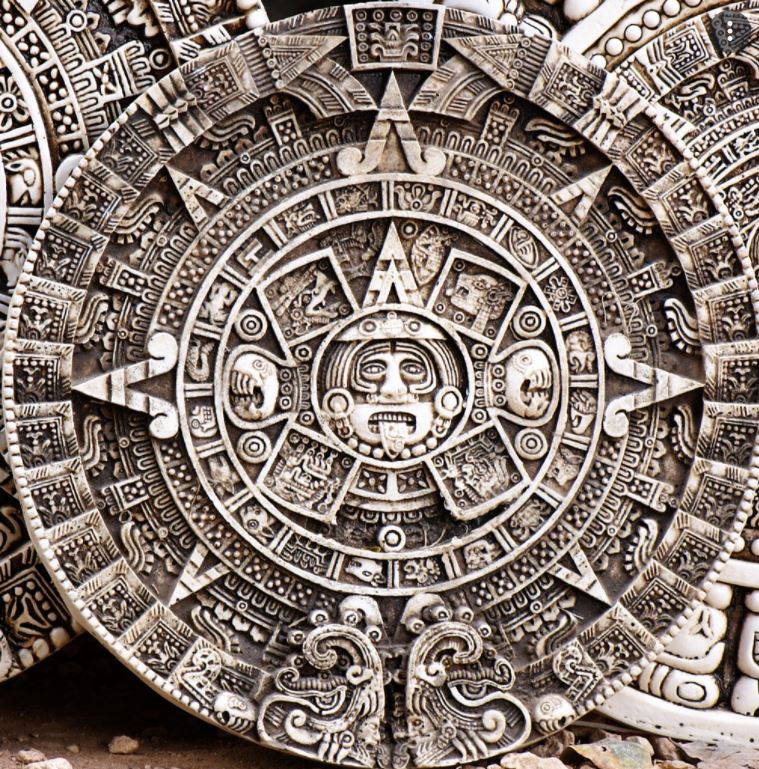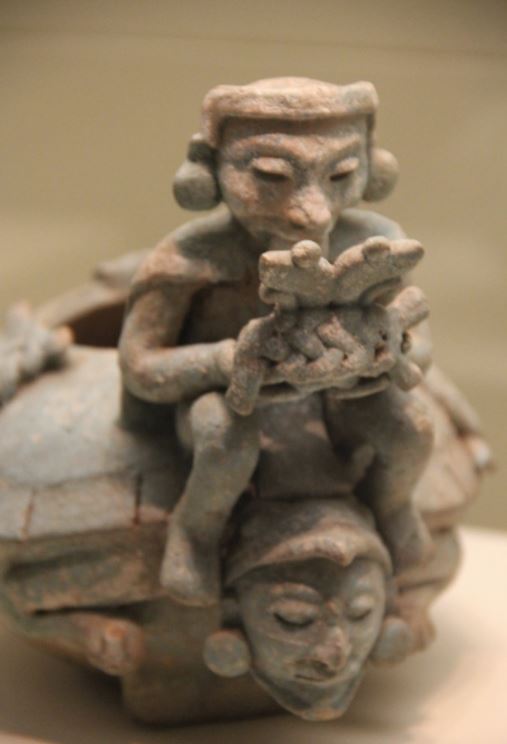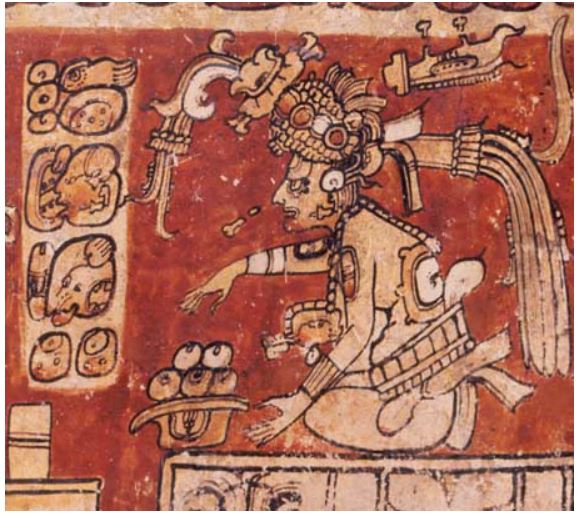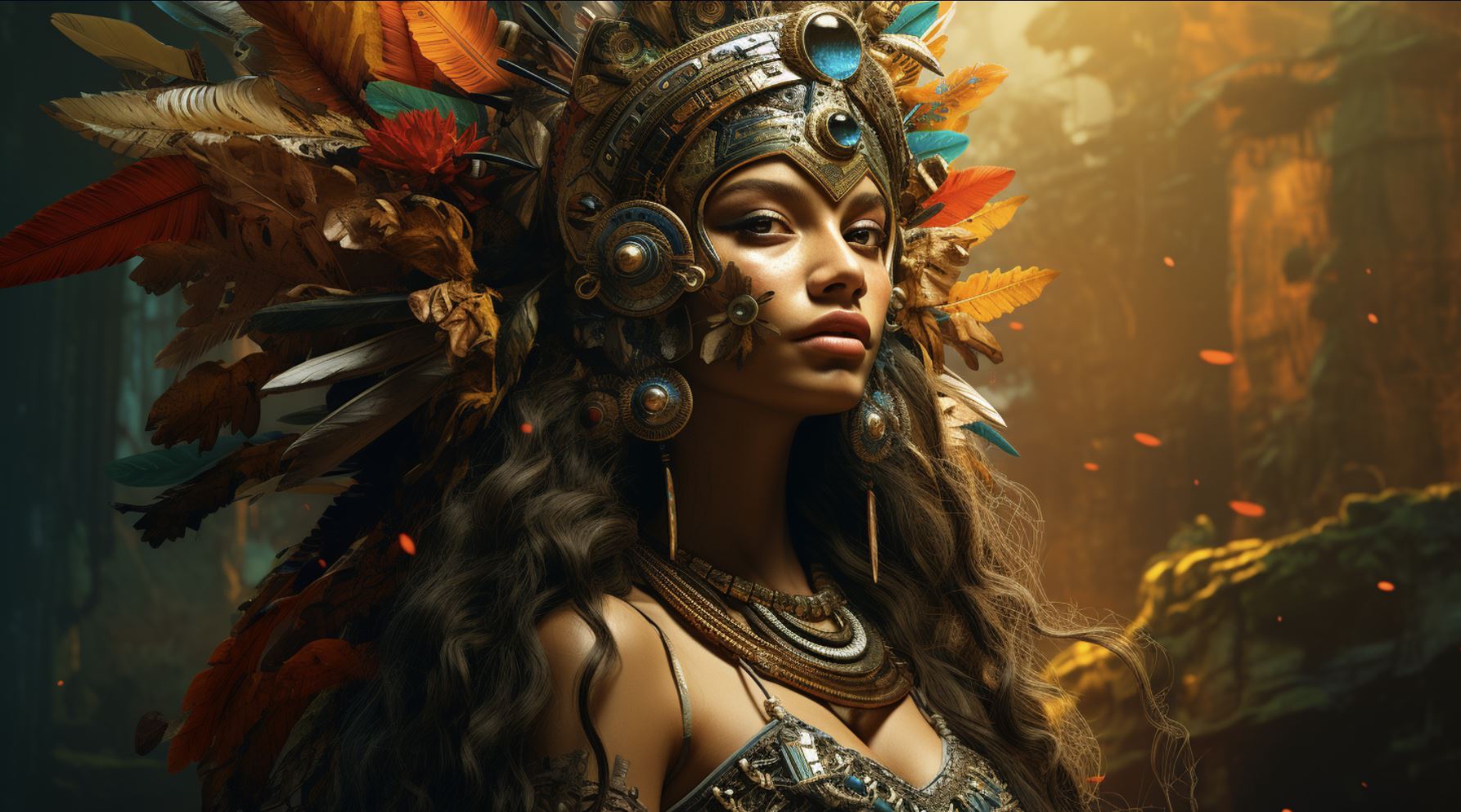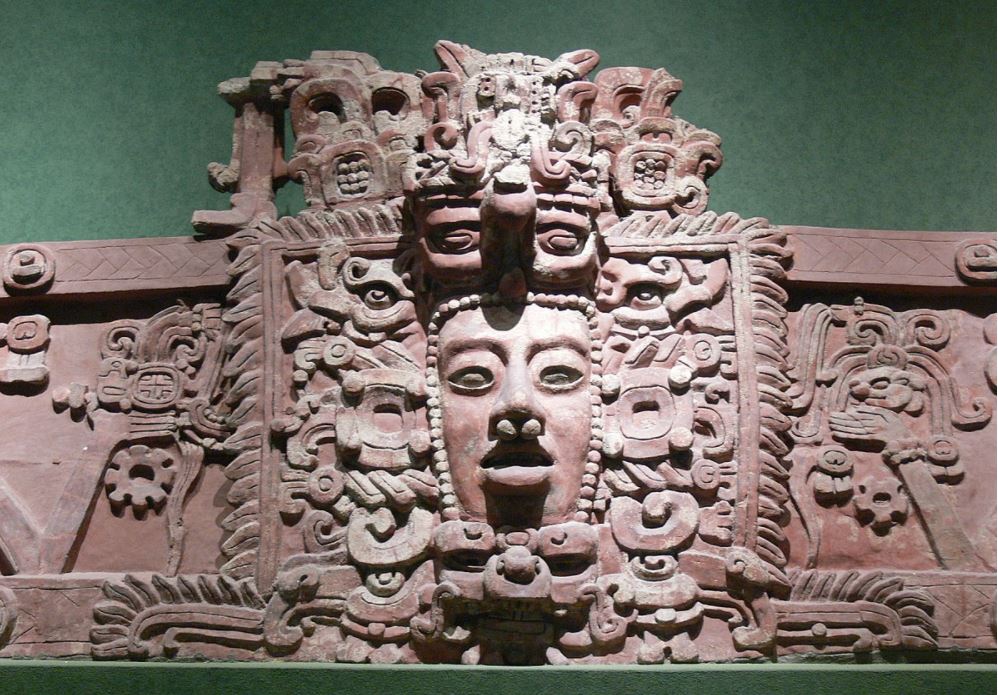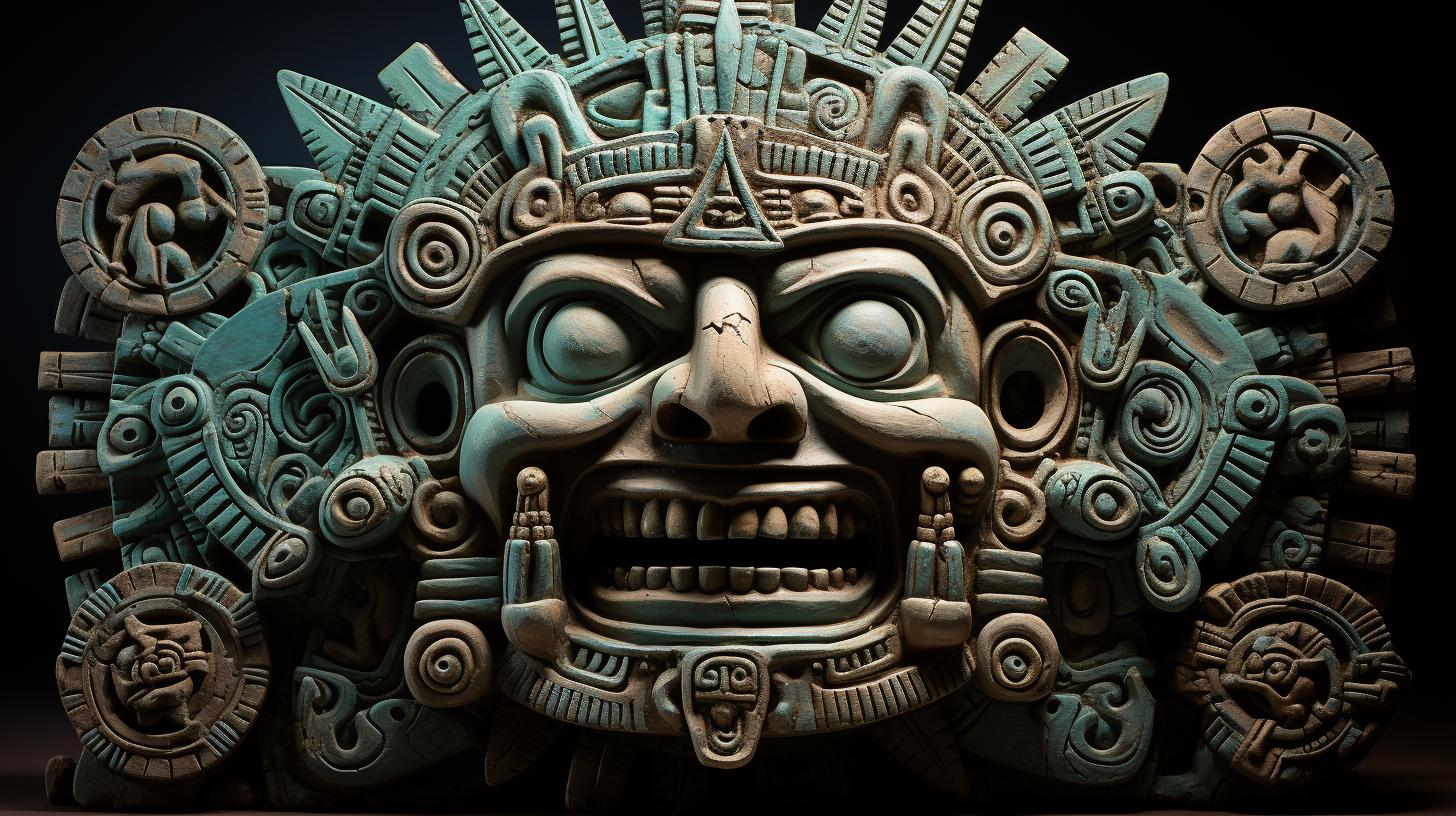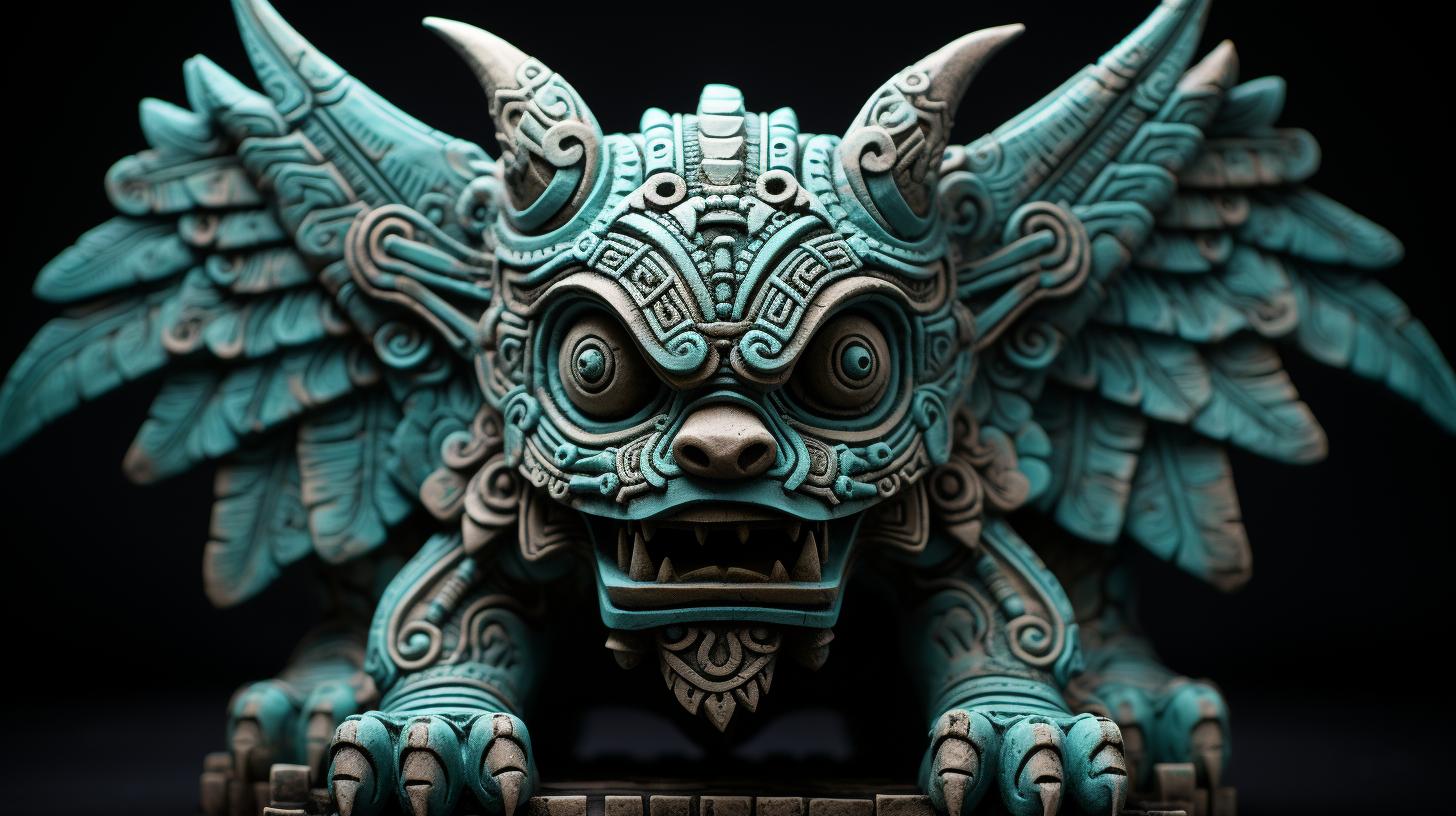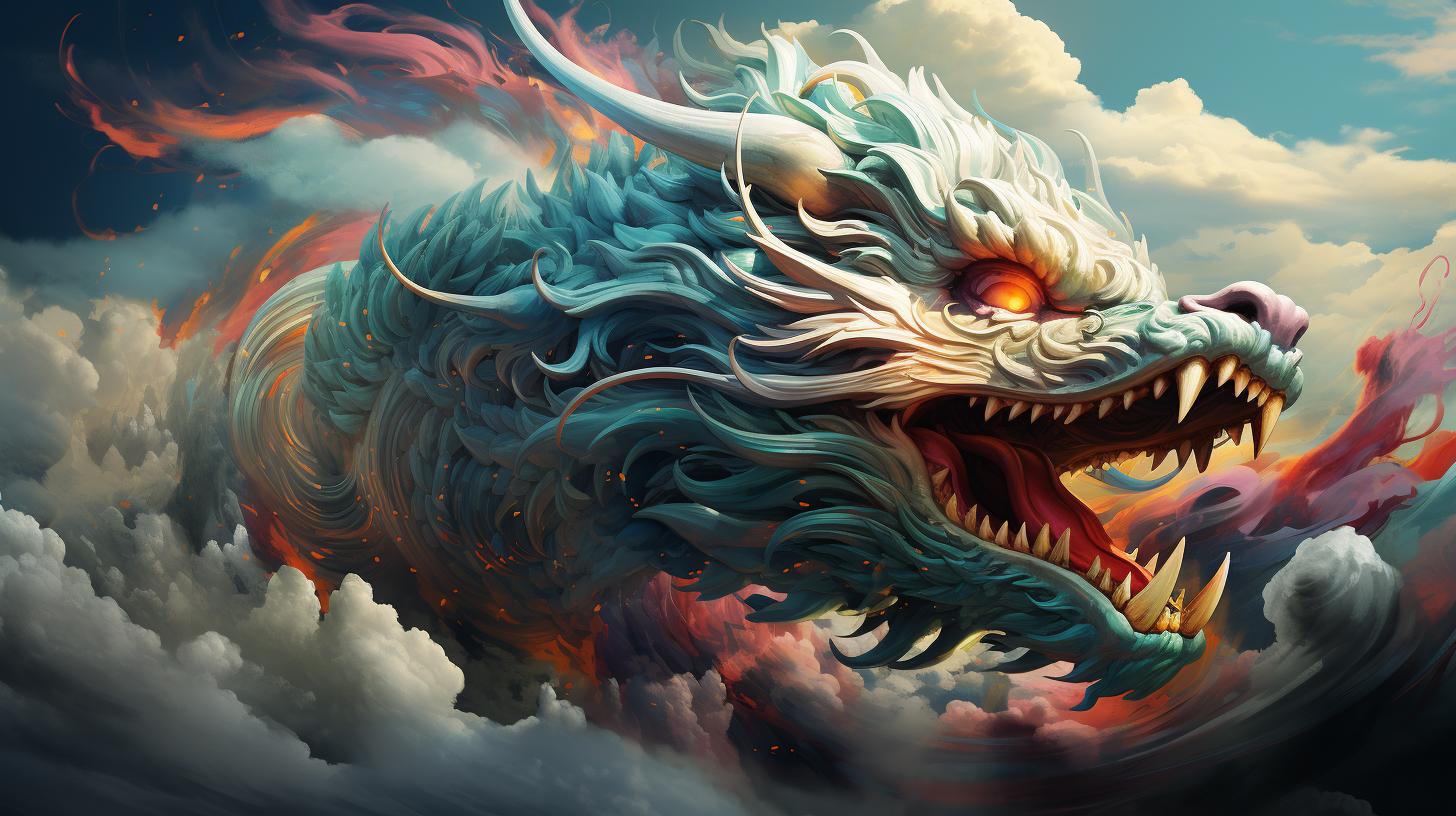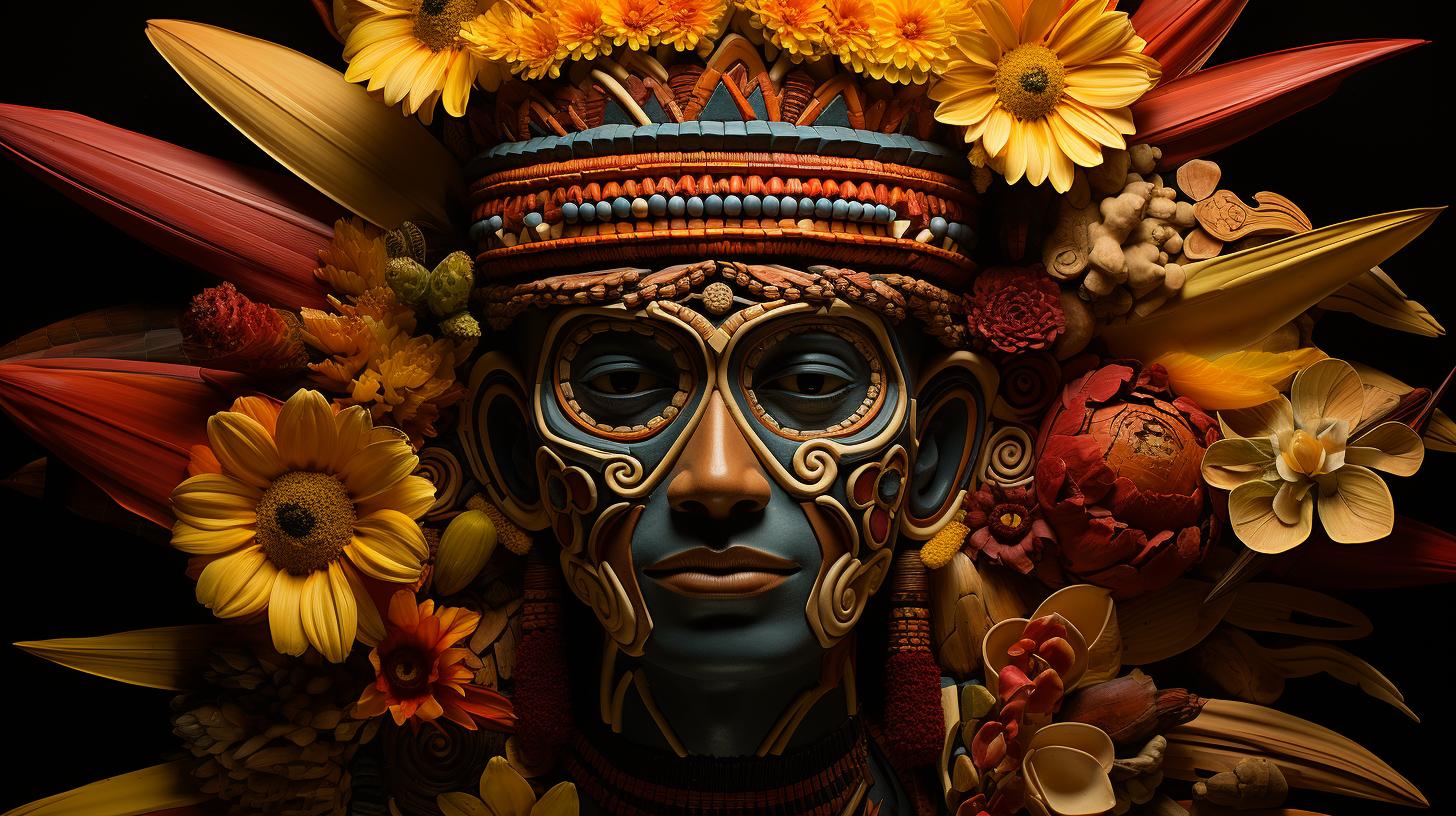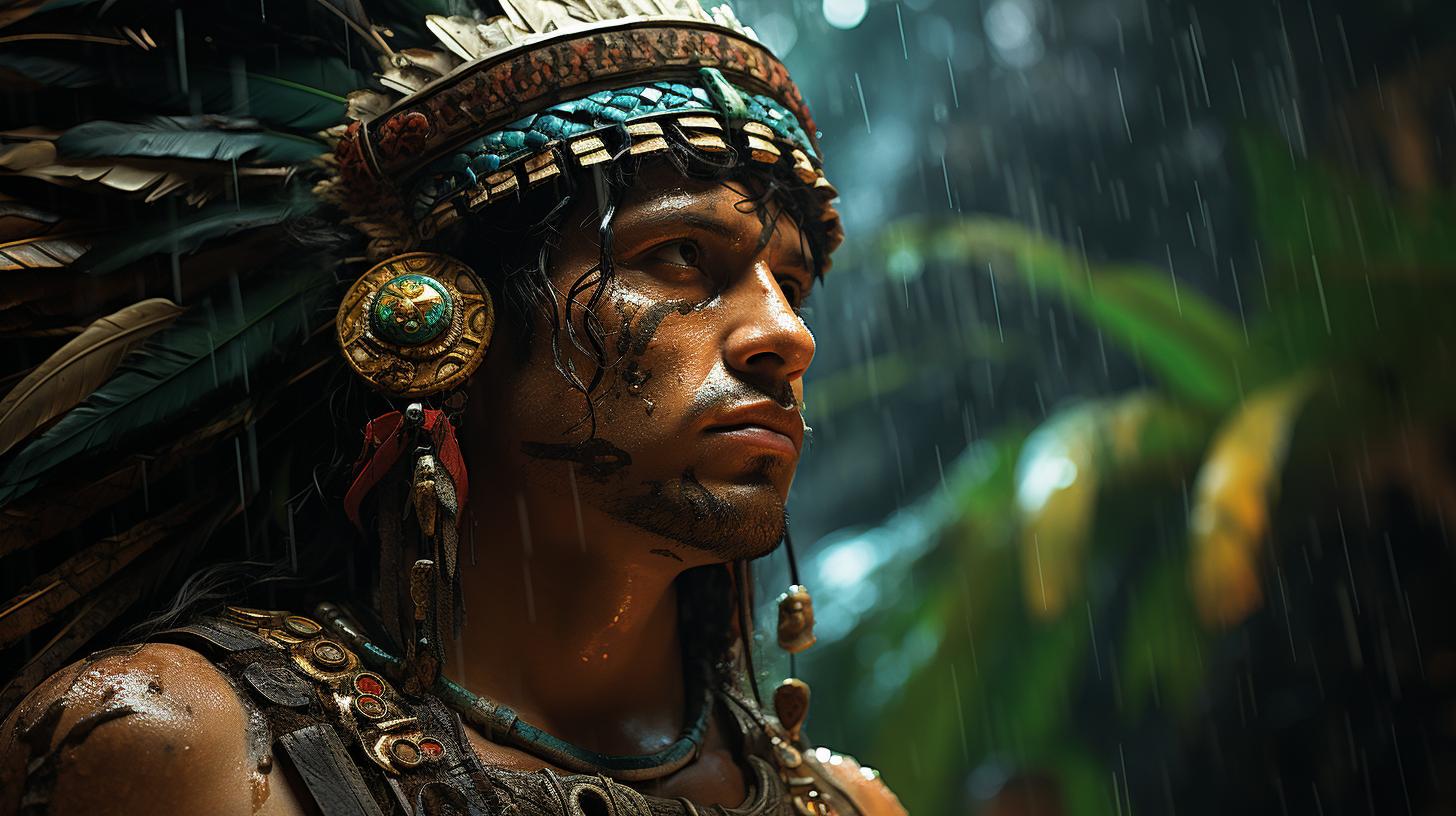The Mayan God Itzamna, The God of the Sky
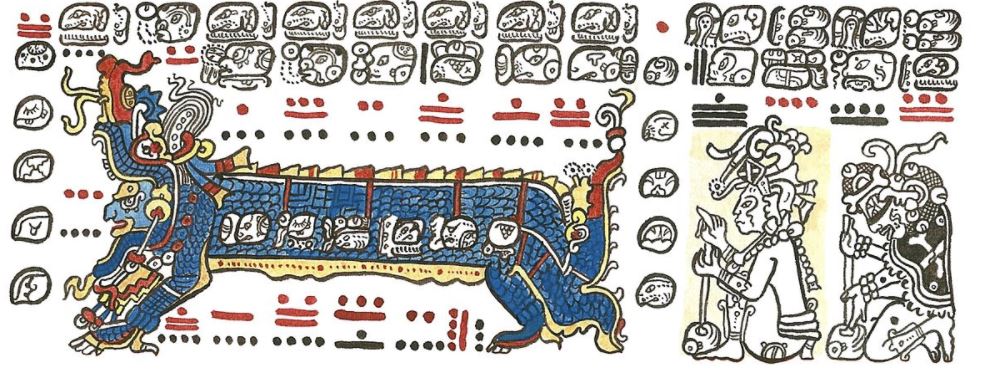
In the Mayan religion, the Mayan god Itzamna surely occupied a place of great moment.
Though the scarcity of surviving sources prevents us from fully understanding his role and prerogatives, his importance in the Mayan pantheon is absolutely clear, and some of his features seem to be established with relative security.
What is Itzamna the god of?
First of all, Itzamna appears to be a god of the upper part of the Universe. Simplifying, we could therefore define him as the Mayan god of the sky.
Equally sure seems his role in the creation of the Cosmos: he would have shaped the Yucatan and given birth to humankind. Of course, he would have generated other gods, too.
Among the sons of the Mayan god Itzamna, two more creator deities would have been. Other sources seem to identify Itzanma with other deities, such as Kinich Ahau, who was a god of the sun, or Hunab Ku, who also was an upper god.
Mayan god Itzamna worshipers and months of devotion
The Mayan god Itzanma’s importance is testified by the great number of times he was mentioned and addressed during the year by the Mayas, as stated by the bishop of Yucatan, Diego de Landa Calderon, in his ethnographic description of the Mayas and their culture.
According to de Landa, Itzanma was invoked during the month of Uo, when he was worshipped as the first priest. His cult reprised in the month of Zip when he intervened in the quality of god of medicine.
Finally, he was adored in the month of Mac together with the Chaacs, who were gods of the rain. The Mayas also used to collect the years in groups of four: in each of such groups, one was dedicated to Itzamna.
The progression of time itself was deeply linked to this god since he was sometimes thought to be the inventor of the Mayan calendar.
Mayan calendar
Actually, the Mayas used different calendars, some of which were very modern and precise.
Besides the calendar, the Mayan god Itzamna was also credited with other inventions, such as medicine, writing, and agriculture. For this reason, he is sometimes seen as a cultural hero.
Mayan god Itzamna appearance
Itzamna is featured many times on the few surviving Mayan codexes, and many statues and statuettes portraying him have been found so that his iconography is well known.
Often he was depicted having human features, resembling an old man. In the Dresden Codex, in particular, in its initial pages, which seem to deal with a creation myth, he had the features of a caiman.
In the Paris Codex, as well as in more ancient murals, he was represented as the most important of its animal avatars, i.e. the bird: when having this appearance, Itzamna was often referred to as “the Principal Bird Deity”.
Several representations of the Mayan god Itzamna
The Mayan god Itzamna: Origin and meaning of Name
Like many other aspects of his figure, the meaning of the Mayan god Itzamna’s name, too, is obscure.
One of the first interpretations, produced by the famous Mesoamerican archeologist Sir John Eric Sidney Thompson, connects the name to the Mayan words “itzam” and “na”, which mean “iguana” and “house” respectively.
According to Thompson’s idea, “Itzamna” would therefore mean “iguana house”. Anyway, modern scholars tend to discard this translation, preferring to link Itzamna’a name to the root “itz-“, which denotes both secretions and magic.
Would this connection be correct, the name Itzamna’a might mean “asperser” or even “wizard”.
The Mayan god Itzamna on a turtle
History of the Mayan god Itzamna and Most Important Myths Related to Him
Unfortunately, due to the lack of sources, little is known about Itzamna’s role in Mayan mythology, apart from what we have already said in the introduction.
Maybe, the only myth of a certain extent having the Mayan god Itzamna, in the form of the Principal Bird God, as one of its main characters is a part of the so-called Maya Hero Twins myth, survived to us in the Popol Vuh, one of the few detailed accounts of the mythology and history of the Mayas.
More precisely, the Popol Vuh is a chronicle of the K’iche’ people, one of the different tribes which went under the name “Mayas”.
The Shooting of the Principal Bird
The main characters of the Maya Hero Twins myth are Hunahpu and Xbalanque. These twins often represented complementary aspects of the Cosmos, like the earth and the sky, the sun and the moon, the day and the night, and so on.
During their lives, they would have passed through a number of notable adventures. One of these would have featured the Principal Bird Deity, a god having the shape of a bird which, because of his features, was easily recognizable in Mayan documents, and generally associated with the upper creator Mayan god Itzamna.
Once seen the twins, the Principal Bird Deity would have approached them flying down steeply; the twins, both skilled bird hunters, would have pointed at him their blowguns, and Hunahpu would have managed to hit him. Anyway, the Bird God would have in turn severed one of Hunahpu’s arms.
Unfortunately, apart from the scene as described above, not much is known about the significance of this myth for Mayan mythology.
Another representation of the Mayan god Itzamna
Powers of the Mayan god Itzamna
Like his name, according to modern interpretations, suggests, the Mayan god Itzanma would have been a wizard god. As such, he would have possessed astounding magical powers.
Symbols of Itzamna and Their Meanings
As we said, the Principal Bird Deity is the main symbol and avatar of Itzamna. Let’s see in greater detail what might be his meaning.
Mayan god Itzamna symbol: The Principal Bird Deity
It has been noted that the wings of the Principal Bird Deity often carry the signs for “daylight” and “night” respectively.
Because of this fact, some scholars think that, when having the shape of this avatar, Itzamna might represent the progression of time.
Additional Interesting Facts about Itzamna
Mayan texts have been deciphered in a relatively recent time. Before, it was not possible to associate a name to Mayan gods depicted in sources, so that letters were used to distinguish one from the other.
The letter given to Itzamna at that time was D; still today, some scholars refer to Itzamna as “god D”.

